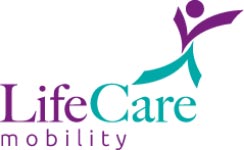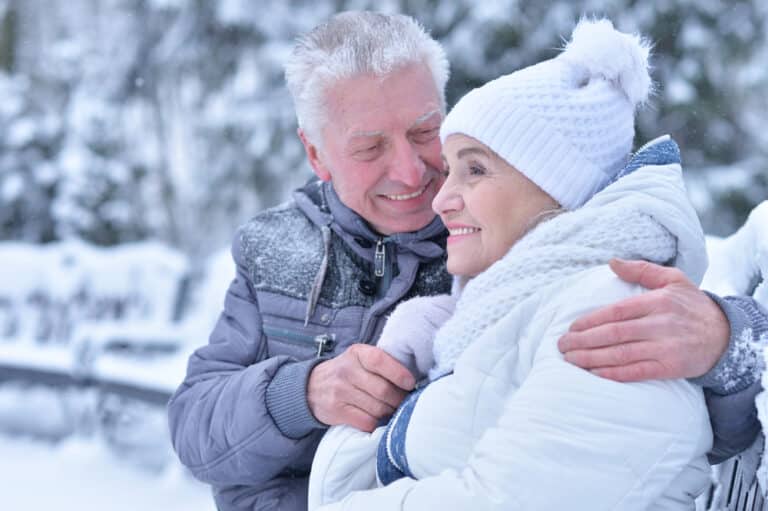Although the winter season doesn’t officially get underway until the 21st of December, frosty conditions are already upon us. Don’t look now, but the City of Toronto has encountered its first snowfall. For many Canadians, winter is a wondrous time. For many others, the beauty of the season is often overshadowed by its potential dangers. This is especially true for seniors who like braving the outdoors. It’s crucial for older adults to prepare for winter’s hazards.
Clear the walkways around your home.
Although this tip should be a no-brainer, it’s a must that we remind you to regularly shovel and salt the pathways around your home. Doing so will prevent the buildup of ice and snow. Of course, this will minimize the possibilities of the elderly loved one in your family slipping and falling when venturing outside.
“At the home front, make sure the driveway, entry stairs, back porch, and nearby sidewalks are cleared of ice,” advises Yelena Sokolsky of New York’s Elite Home Health Care, “The easiest way to clear ice to spread salt rock over the ice and spray with water to loosen the ice. Then, you can shovel it away from walkways to protect your senior loved one.”
Avoid the risk of hypothermia and frostbite.
For many older adults, being sensitive to extreme temperatures is the norm. It’s important for them to dress in layers, including thermal wear and windproof outer layers. Doing so helps them to retain body heat. Ensure that extremities like hands, feet and ears are well-covered with gloves, warm socks and hats. As well, limit outdoor exposure during severe cold snaps and seek shelter or warmth indoors frequently to prevent these dangerous cold-related conditions.
Ottawa’s Carefor.ca highlights the importance of being mindful of what you drink to stave off hypothermia and frostbite. “Drink fluids,” insists the website, “Dehydration can occur even when the temperature is below freezing. Hot chocolate is a great way to stay hydrated. Avoid alcoholic beverages. Alcohol diminishes the body’s ability to feel the cold.”
Try to avoid the fireplace.
Sometimes, winter’s hazards occur indoors. Naturally, we’d all like to stay warm and toasty during the year’s coldest months. For many Canadians, that means firing up the fireplace. While doing so may bring the comfort of heat to your living space, it can present some major disruptions to the respiratory systems of all of us – not just seniors. Comfort Keepers warns us that burning firewood can lead to carbon monoxide poisoning.
“Burning wood, natural gas, kerosene and other fuels produces carbon monoxide, a deadly gas that no one can see or smell,” informs their website, “Unless fireplaces, wood and gas stoves, and gas appliances are properly vented, cleaned, and used, they can leak dangerous amounts of carbon monoxide. These and other appliances, such as kerosene and electric heaters, can also be fire hazards.”
Install a porch lift.
Does your elderly loved one require a mobility solution such as a wheelchair or walker to get around? If so, entering and exiting your home can be quite the challenge – especially during the winter. You can have them avoid icy steps by installing a porch lift aside your front porch. A porch lift or vertical platform lift allows individuals with rollators, wheelchairs and/or scooters to safely access your home’s entrance.
To learn all about the porch lifts offered by LifeCare Mobility Solutions, please don’t hesitate to call us at 416-267-9800 or email us at info@lifecaremobility.ca. You may also contact us by filling out the form on our Contact page!











1 thought on “How Canadian Seniors Should Navigate Winter’s Hazards”
Thank you I have just been searching for information approximately this topic for a while and yours is the best I have found out so far